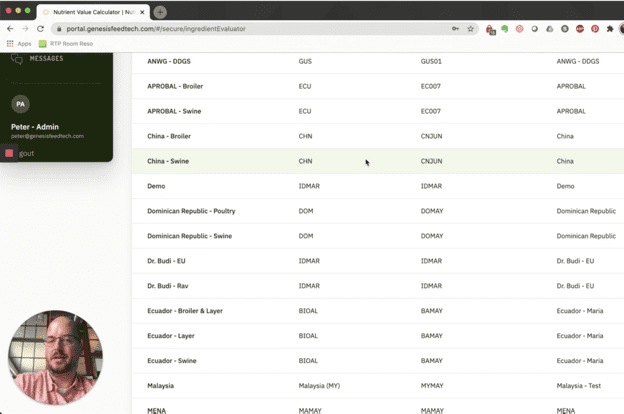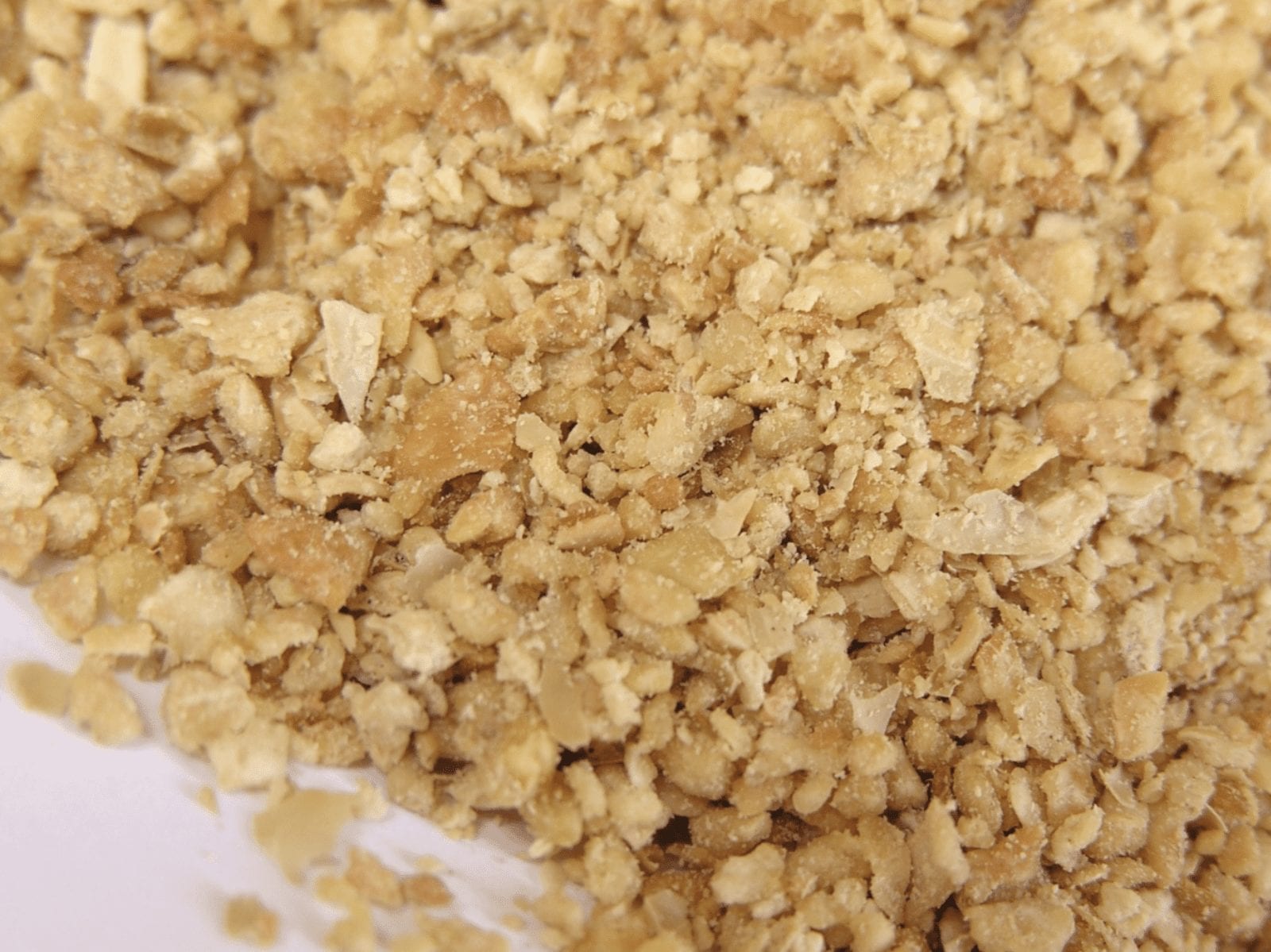In the feed industry, quality matters. The definition of quality, however, is subjective. Although the desired nutritional value and properties of soybean meal can vary from one industry professional to the next, the need for consistency is universal. A panel explored the concept of using the consistency of U.S. soy protein to increase profits at this year’s U.S. Soy Global Trade Exchange & Specialty Grains Conference.
“The value of U.S. Soy cannot be measured by each independent attribute alone, but by a sum of the total attributes, including a very important one: quality consistency,” said Carlos Salinas, USSEC Regional Director – Americas, while introducing the panel discussion.
Dr. Markus Wiltafsky-Martin of Evonik Operations GmbH explained there are differences in both the quality and consistency of soybean meal from various origins. These differences could be related to processing, amino acid profiles or other factors.
The consistency in quality of raw materials, like soybean meal, used in feed directly affects the consistency of the feed itself, he added.
“At the end, we want to achieve a consistent feed quality. And, if you want to achieve a good feed quality at the end of the feed milling process, you need to have good quality of raw materials right at the beginning.”
-Dr. Markus Wiltafsky-Martin, Evonik Operations GmbH
According to Peter Schott of Genesis Feed Technologies, quality and value must go hand-in-hand throughout soybean meal comparisons. He and Matthew Clark, also of Genesis Feed Technologies, partnered with USSEC in creating a platform for this connection.
“We’ve developed a tool that helps look at the economic value of soybean meal, to look at different sources in different environments using a feed formulation technology for purchasing decisions,” he said.
This tool, the Nutrition Value Calculator (NVC), allows users to compare scenarios while making purchasing decisions and changes the focus from price to value. Schott gave an NVC demonstration during the session, giving viewers a firsthand look at the tool’s differentiation of economic value.
Looking toward the future of NVC, Schott said up-to-date soybean quality data from a third-party provider is coming soon, giving the tool a global data set to work with. The end goal, he added, is to drive more exports by allowing ingredient buyers to see the current premium advantage of U.S. Soy.

